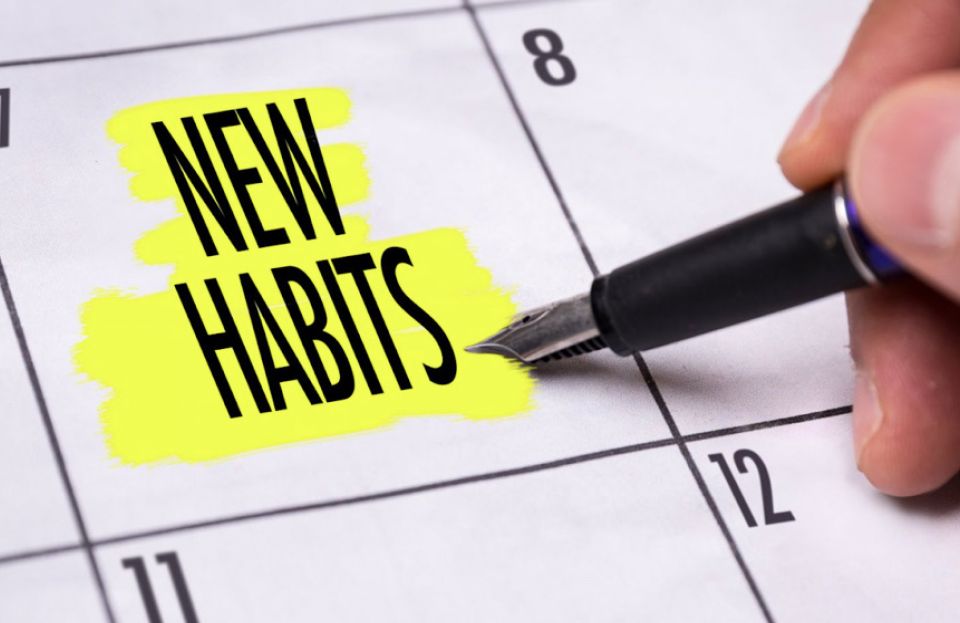
In Arlington ISD, we have a cultural tenet that we believe and try to embody – Get Better Every Day. Have you ever stopped and asked yourself what it means to get better every day? What behaviors do we have to engage in daily to make that happen? What do we do when we hit roadblocks or struggle to improve a weakness that is staring us in the face? What kind of person is working to improve themselves on a daily basis?
While the answers to these questions are potentially as individual as the person asking them, I couldn’t help but see the one thing they all have in common. They underscore one’s identity. Identity is defined as who or what a person is. New York Times bestselling author James Clear said, “Every action you take is a vote for the type of person you wish to become. No single instance will transform your beliefs, but as the votes build up, so does the evidence of your new identity.” In other words, we are all on a journey to becoming someone, and who that someone is depends on what we DO. The great thing about this process is development is not a destination. We never “arrive” when we are trying to build habits that help us to get better every day. Each new sunrise offers rays of hope about new learning on the horizon.
So, what can we practically do as individuals to embed habits into our daily lives and classrooms that will help shape a better us? I want to highlight two.
1. KEEP THE CHANGE SMALL. Very few of us have the willpower to sustain big changes to our daily lives resulting in real improvement. The pull of old habits is too great, and we often lose our emotional stamina to persist and go back to our old ways. This is the reason New Year’s resolutions are routinely the same year after year (it’s ok, you can admit it if you do that, too… I know I do). To avoid this uphill battle, why not make the change small? And by small, I mean tiny. In his book Atomic Habits, Clear reminds us that “changes that seem small and unimportant at first will compound into remarkable results if you’re willing to stick with them for years.” Pianists become pianists because they persist in practice every day. Readers become good readers because they read every day – even if only for a few minutes. Marathoners run marathons because they took their first step and persisted until their body adapted over time and slowly they were able to reach the distance of 26.2 miles. None of these accomplishments happen by trying once or even twice for that matter. They happen because the person started small and persisted over time.
2. STACK YOUR HABITS. Clear shares, “One of the best ways to build a new habit is to identify a current habit you already do each day and then stack your new behavior on top.” Here are some concrete examples he shares:
-
- Meditation. After I pour a cup of coffee each morning, I will meditate for one minute.
- Gratitude. After I sit down to dinner, I will say one thing I’m grateful for that happened today.
- Exercise. After I take off my work shoes, I will immediately change into my workout clothes.
Can you think of one that you can add to your classroom routine that would promote more time on-task reading?
Find one habit that is already automated in your life or classroom, and simply stack one small, specific thing on top. Do that small thing every day, and you will have a new habit that is helping you to get better, every day.
Being a human being is a gift. We have the cognitive ability to reflect on our lives and make intentional changes to improve ourselves. May we find joy in that growth one small even tiny step at a time.

